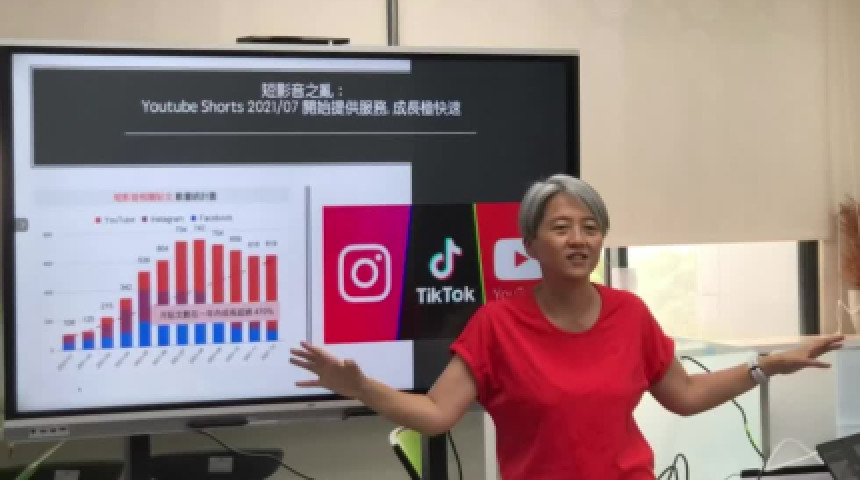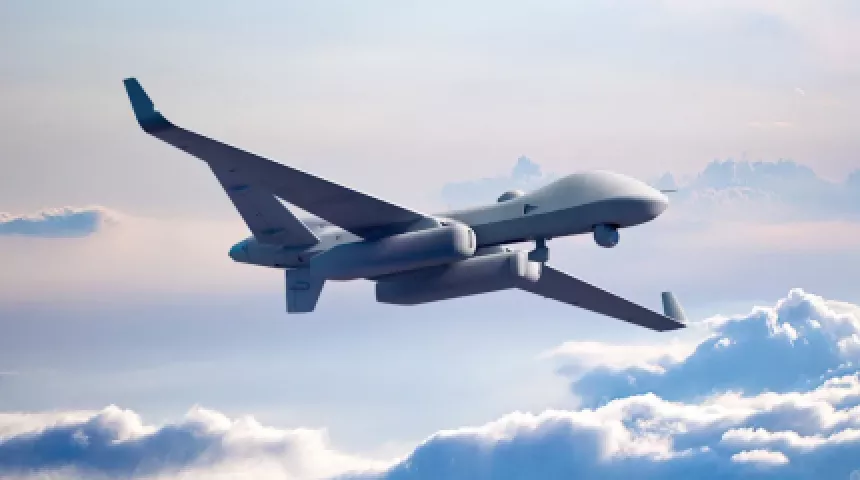韓國捨航母轉攻「無人艦隊」!6噸級艦載無人戰機將掛彈指揮蜂群作戰

KAI設計的新型海軍無人作戰飛機示意圖(UCAV,圖片取自X@clavierwrkspace)
受到烏克蘭戰爭中海上無人機戰術啟發,韓國正式轉向打造具備自主作戰與多機協同能力的**「多用途無人指揮艦」**,取代原有「輕型航母+F-35B」的藍圖。韓國航空航太工業公司(KAI)近日公布該艦載無人戰機概念圖,引起國際軍事觀察界高度關注。
Inspired by Ukraine’s naval drone tactics, South Korea has pivoted away from its light carrier program, opting instead to develop a multi-role drone command ship — a floating UAV base.
根據KAI公布資料,這款艦載無人戰機最大起飛重量達6噸,遠超MQ-9B,且有效載重達800公斤,可掛載多枚飛彈或超音速空射武器,並內建隱形武器艙以降低雷達截面。
The UCAV boasts a 6-ton MTOW and an 800 kg payload capacity — more than twice that of the MQ-9B — and is equipped with internal bays to maintain stealth during missions.
從機身設計看,該機配備加強型起落架與尾鉤,可搭配「電磁彈射與回收系統(EMALS)」在艦上運作,顯示其操作平台已不受傳統跑道限制,有望部署於無人指揮艦或新型兩棲艦艇上。
Designed with reinforced landing gear and a tail hook, the UCAV is compatible with EMALS catapult systems — enabling full carrier-based operations from a drone carrier or amphibious ship.
KAI強調該無人戰機為模組化結構設計,可依任務需求快速整合不同傳感器,包括主動相控陣雷達(AESA)、IRST、光電瞄準系統(EOTS)或海上監控雷達等,支援多樣化任務配置。
Its modular design allows plug-and-play integration of AESA radar, IRST, EOTS, and maritime surveillance systems — offering mission flexibility across ISR, strike, and electronic warfare.
這款無人機的作戰半徑約為482公里,巡航速度低於0.6馬赫,儘管速度不快,但重點放在航程穩定性、空中滯留時間與無人協同能力。
While cruising at sub-0.6 Mach speeds, the UCAV prioritizes endurance and swarm-control capabilities over raw speed — ideal for persistent surveillance or networked strike missions.
除傳統空對空、空對地武器外,該平台還可搭載KAI自主開發的小型與中型空射無人機(ALUAVs),形成「空中蜂群協同作戰節點」,發展出韓版「忠誠僚機」作戰網絡。
Notably, the drone can carry and deploy small-to-medium air-launched drones, effectively acting as a command-and-control node in airborne swarming operations — Korea’s answer to loyal wingman programs.
值得注意的是,儘管此無人戰機專案由KAI主導研發,目前韓國國防採購機構尚未正式提出採購需求(RFI/RFP)。不過,KAI強調一旦計畫啟動,公司已具備量產與整合能力。
Although the project has not yet received an official procurement request from the Republic of Korea Navy, KAI states it is fully prepared to respond rapidly once formalized.
這項策略轉變不僅代表韓國對未來海空作戰型態的重新定位,也反映全球多數中型強權國家正從「平台主導」轉向「分散式、智慧化」的無人作戰概念。
This strategic shift reflects a global trend away from platform-centric warfare toward distributed, intelligent unmanned systems — especially among middle powers seeking cost-effective force multipliers.




回應文章建議規則: